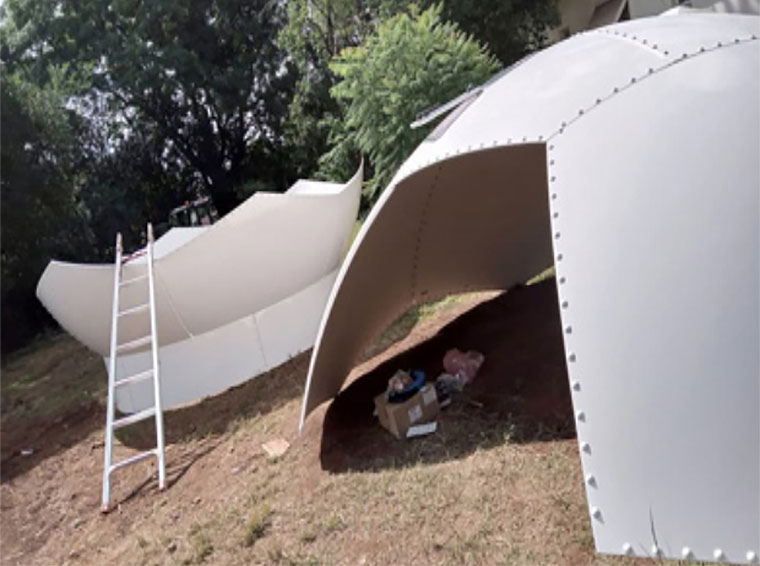HARARE – Zimbabwe’s main airport is finally getting a radar system after taking delivery of equipment as part of a US$153 million upgrade.
Air traffic controllers at the Robert Gabriel Mugabe International Airport in Harare were landing planes without a radar system.
Planes were sometimes landing undetected, it has been claimed. Last December, lawmaker and head of parliament’s budget committee Oscar Gorerino described the lack of a radar system as “dangerous in terms of security.”
Airport surveillance radar systems are capable of reliably detecting and tracking aircraft at altitudes below 25,000 feet (7,620 metres) and within 40 to 60 nautical miles (75 to 110km).
Radar is short for ‘Radio Detection and Ranging’. A radar system detects other aircraft or other objects and the speed and direction in which they travel by sending out a pulse of high-frequency electromagnetic waves.
Air traffic controllers use the radar system to manage air traffic and help pilots land safely.
Finance minister Mthuli Ncube told parliament on Thursday last week that Zimbabwe has spent US$5.7 million on a radar system for the Robert Gabriel Mugabe International Airport.
“The procurement of radar equipment has commenced following the payment of US$5.7 million under the US$6.1 million contract with three of the five radars having been delivered during the period under review and installation currently underway,” Ncube said.
“The outstanding two radars are in transit from the suppliers, with installation expected to be complete during the last half of the year.”
China Harbour Equipment Company was awarded the contract to upgrade the radar.
The Export-Import Bank of China loaned Zimbabwe US$153 million to upgrade the airport, including the radar system.
The loan, which has a 20-year repayment period, including a seven-year grace period, has an annual interest rate of 2 percent.

Ncube said the airport refurbishment was progressing well, with Zimbabwe having received US$131.2 million of the US$153 million loan.
The minister told MPs: “The expansion project remains on course with overall progress now estimated at 69 percent. Major outstanding works include refurbishment of the existing building and procurement of the required equipment.
“Through the budget, an additional amount of Z$514 million was channeled towards air traffic control communications system, whilst an amount of Z$411 million was spent on legacy debts for Air Zimbabwe,” Ncube added.

